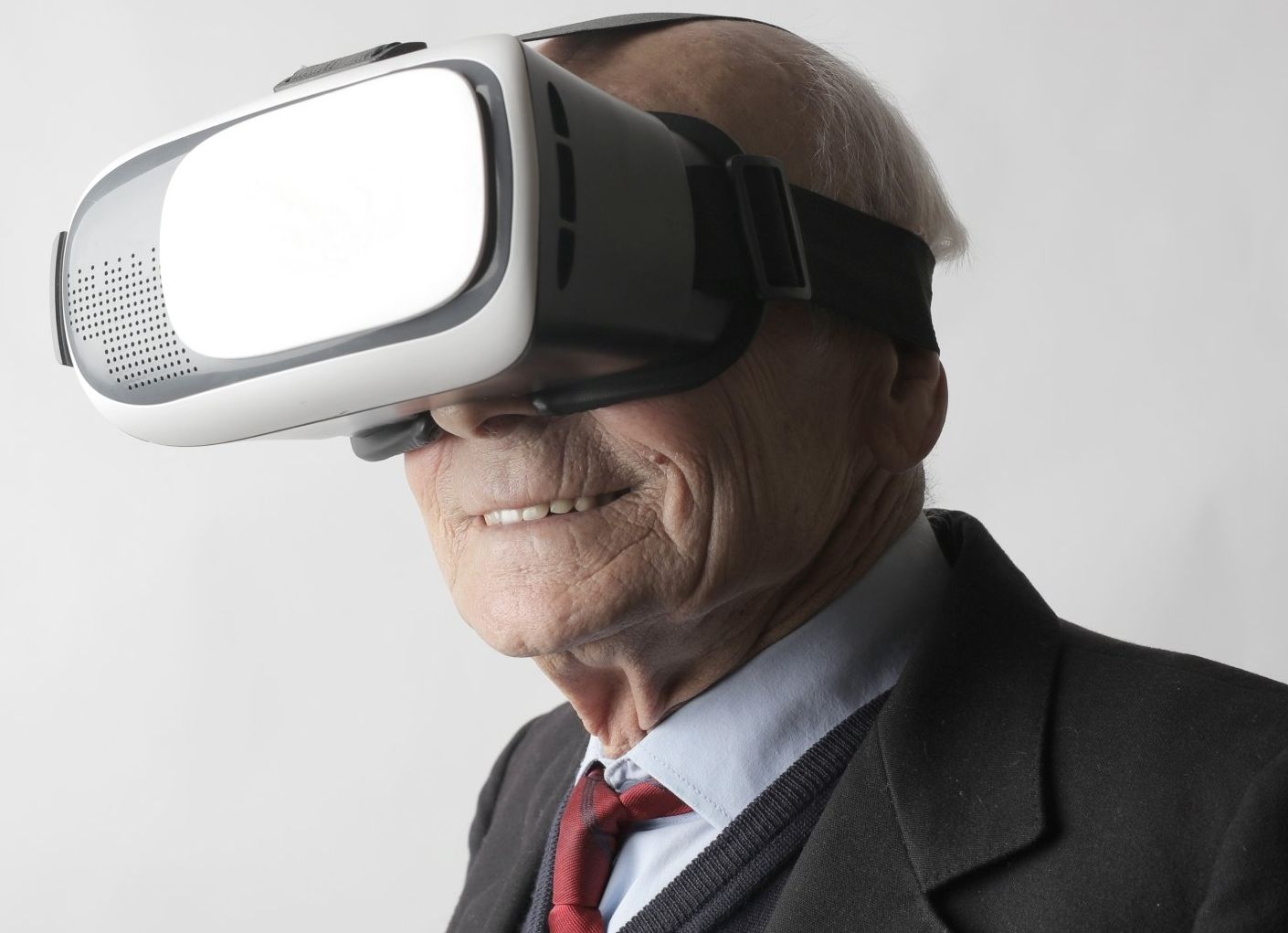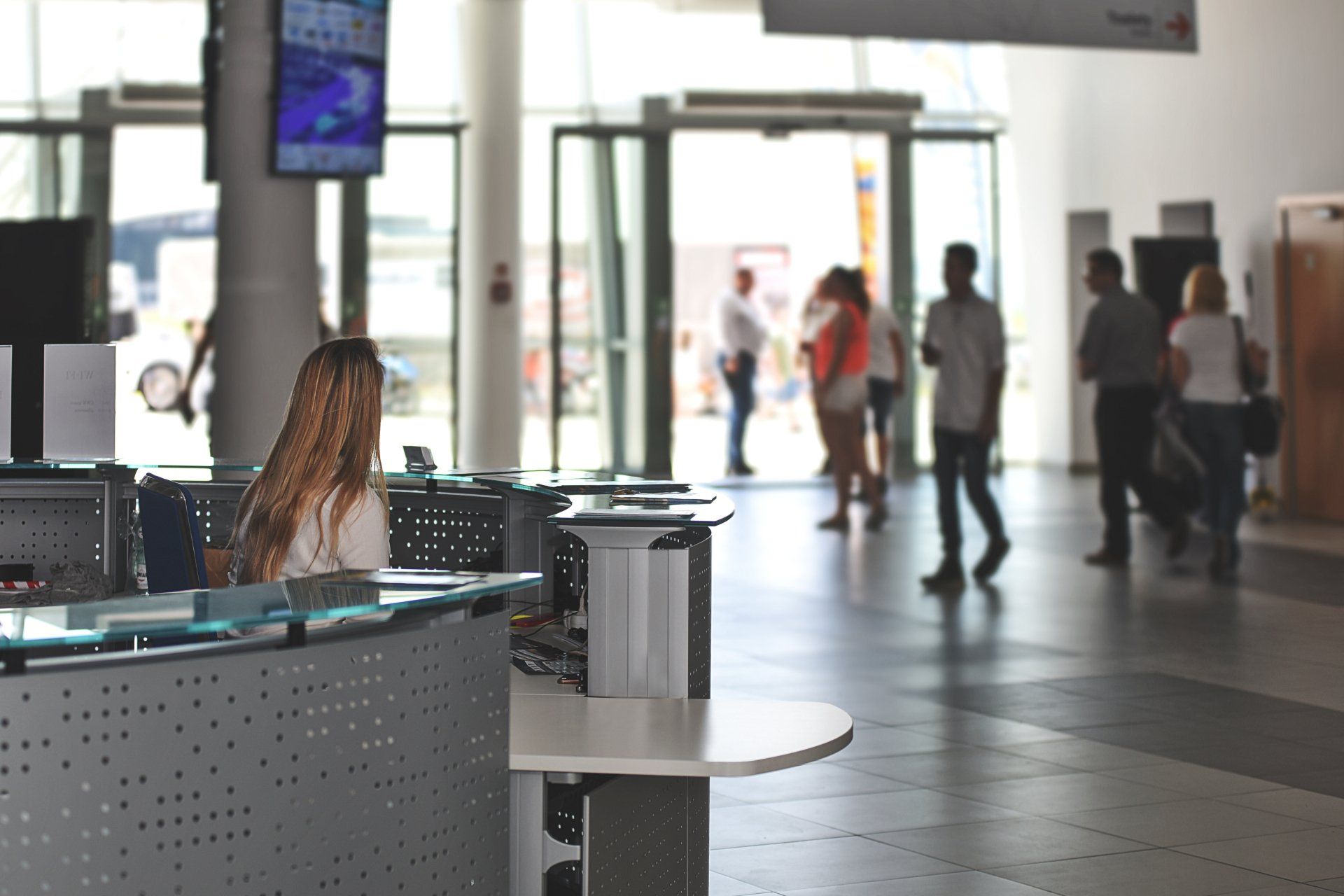Beyond Boundaries: Unveiling the Authenticity of Virtual Offices in the Digital Era
In a rapidly evolving digital landscape, traditional notions of office spaces have undergone a paradigm shift. The rise of virtual offices has intrigued many, leaving them questioning the legitimacy and functionality of these seemingly intangible workspaces. Let's delve into the concept of virtual offices, dispelling myths and shedding light on the reality that these workspaces are indeed tangible, albeit in a digital realm.
Understanding Virtual Offices
Virtual offices are not a mere figment of imagination; they are a tangible response to the changing dynamics of work culture. Contrary to common misconceptions, virtual offices offer all the essential components of a traditional office setting. The key differentiator lies in the approach: instead of physically being present in a brick-and-mortar office, individuals harness the power of technology to access their workspace virtually.
Components of a Virtual Office
- Digital Infrastructure: Virtual offices leverage advanced digital infrastructure to provide a seamless working environment. From email communication to collaborative platforms, these spaces integrate technology to foster productivity and connectivity.
- Professional Address: One of the distinguishing features of virtual offices is the provision of a prestigious business address. This not only adds a professional touch but also establishes credibility for businesses operating remotely.
- Communication Tools: Video conferencing, instant messaging, and collaborative document editing are integral components of virtual offices. These tools facilitate real-time communication and collaboration among team members, transcending geographical barriers.
- Flexible Work Hours: Virtual offices break away from the conventional 9-to-5 structure, offering flexibility in work hours. This adaptability caters to diverse work styles, empowering individuals to optimize their productivity based on personal preferences.
Dispelling the Myth
The term "virtual" may imply an illusion or lack of substance, but in the context of virtual offices, it signifies a shift from physical presence to a digital interface. The reality is that virtual offices provide a genuine, functional workspace tailored to the demands of a contemporary workforce.
Benefits of Virtual Offices
- Cost Efficiency: Virtual offices eliminate the need for physical space, reducing overhead costs associated with traditional offices. This makes them an economical choice for startups and small businesses.
- Global Reach: Operating virtually transcends geographical constraints, enabling businesses to tap into a global talent pool and expand their reach without the limitations of a physical location.
- Enhanced Productivity: The flexibility offered by virtual offices promotes a healthy work-life balance, contributing to increased productivity. Individuals can structure their work in a way that suits their optimal working hours.
Embracing the Virtual Shift
As we navigate the future of work, the concept of virtual offices is not just a trend but a transformative approach to how we perceive and execute work. The legitimacy of virtual offices lies in their ability to adapt to the evolving needs of a dynamic workforce.
Virtual offices are not an elusive concept; they are a pragmatic response to the demands of a digital age. By embracing the virtual shift, individuals and businesses alike can unlock new possibilities and redefine the way we work. The virtual office is not a mirage—it's a tangible, adaptive, and efficient workspace for the modern professional.













